Japanese architect, best known for inculcating the designs of both American and Japanese architecture in his work, Shigeru Ban is also known as the pioneer in introducing cardboard tubes to building construction. His creative designs have been awarded the Pritzker Prize in 2014.
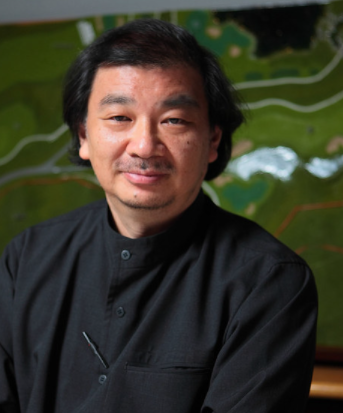
image source:https://search.creativecommons.org/photos/1d98b507-13a8-4c68-8a9c-c6d60f835ccaby準建築人手札網站 Forgemind ArchiMedia
About his life
坂茂was born in Tokyo on August 5, 1957. His father was a businessman at Toyota, and his mother a women’s clothing “haute couture” designer. Ban’s father was very fond of classical music and made Ban learn the violin at a young age. His mother traveled to Europe every year for the fashion weeks in Paris and Milan, which roused Ban’s longing to travel overseas.
Ban studied at theSouthern California Institute of Architecturefrom 1977 to 1980 and later moved to Cooper Union in New York City because he wanted to study under architectJohn Hejduk. After working for Japanese architect Isozaki Arata for two years, Ban received a degree in architecture from Cooper Union in 1984, and the following year he opened his own practice in Tokyo.
What are Ban’s style main features ?
Ban developed a style known for its blend of traditionalJapanese architecturewith elements of美国n Modernism. He was most recognized for his innovative use of cardboard tubes as construction materials. He first usedpaper tubesin 1985–86, notably in a gallery for fashion designerIssey Miyake. Ban suggested to theUnited Nations High Commissioner for Refugees (UNHCR)in 1994 that shelters made of paper be constructed for Rwandan refugees.
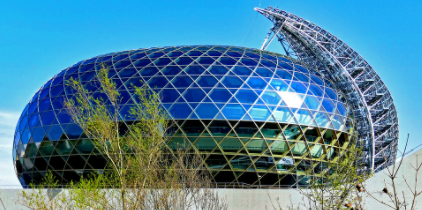
image source:https://search.creativecommons.org/photos/a8dd0985-6242-4983-8fb3-2bb4a7dfcbf5
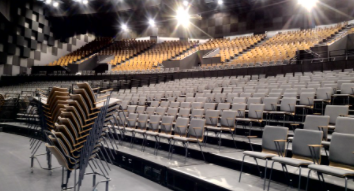
image source:https://search.creativecommons.org/photos/9e158eac-27eb-4dc3-b529-c094a2959f56bySo_P
Budget constraints and the recyclability of the tubes were the main justification for the tubes, and these have since become the main arguments in Ban’s widespread use of the materials.
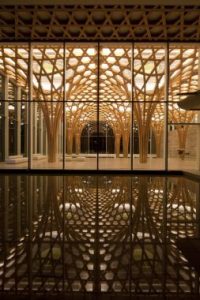
image source:https://search.creativecommons.org/photos/ac3f4878-b0ad-4aad-a653-da9a7c3bd145by準建築人手札網站 Forgemind ArchiMedia
For Ban, one of the most important themes in his work is the “invisible structure“. That is, he does not overly express his structural elements, but rather chooses to incorporate them into the design. Ban is not interested in the newest materials and techniques, but rather the expression of the concept behind his building. He deliberately chooses materials to further this expression.
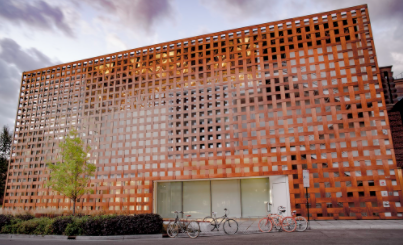
image source:https://search.creativecommons.org/photos/8634a6ac-2324-4f8e-84fa-8c98bfd2f0aabyjikatu
What are his most famous works?
- 家具的房子,一系列的预制房屋built in Japan, China, and the US and Metal Shutter House
- Curtain Wall House (1995), Itabashi, Tokyo, Japan
- Naked House (2000), Kawagoe, Saitama prefecture, Japan
- Japanese Pavilion (2000) at Hannover World Exhibition Expo 2000, Hannover, Germany
- Nomadic Museum (2005–present), built to house Gregory Colbert’s video/photo work “Ashes and Snow”
- Takatori Catholic Church, Kobe, Japan
- Paper Dome, Nantou, Taiwan
- Picture Window House, Shizuoka, Japan
- Centre Pompidou-Metz museum, Metz, France
- Luxurious villa designs Maison S und Maison H on an exclusive private island: Mandarin Oriental Dellis Cay
- Cardboard Cathedral, Christchurch, New Zealand (2012–2013)[13]
- Aspen Art Museum, USA[1]
- Bamboo Furniture House, Great Wall, China
- Ōita Prefectural Art Museum, Ōita-shi, Japan
- Onagawa Station, Onagawa, Miyagi, Japan
- La Seine Musicale, Cultural complex and concert-halls on the Ile Seguin Boulogne-Billancourt, France
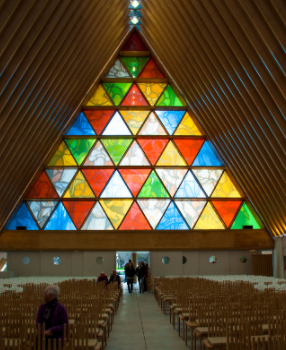
image source:https://search.creativecommons.org/photos/984edf9b-090d-4a92-8387-3006b4c364e8byJocey K
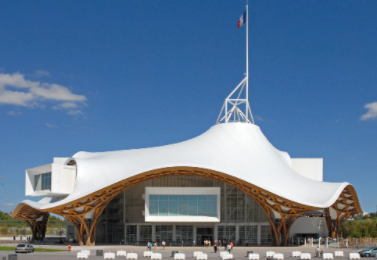
images source:https://search.creativecommons.org/photos/146d2dd1-dfd2-494f-a24f-2ac025bd25a7bydalbera
info source:
http://www.pritzkerprize.com/2014/biography
https://en.wikipedia.org/wiki/Shigeru_Ban
https://www.world-architects.com/ca/pages/insight/materials-shigeru-ban
